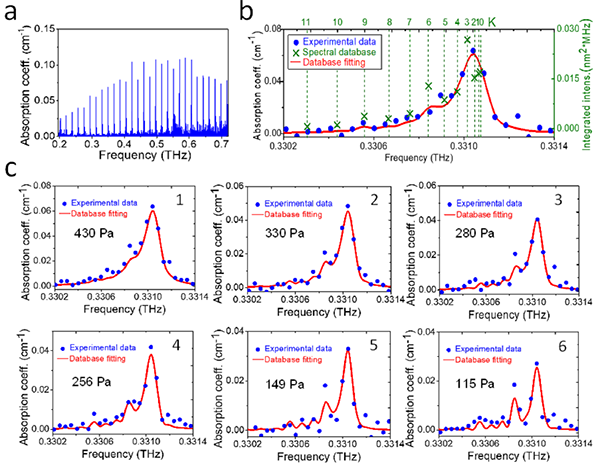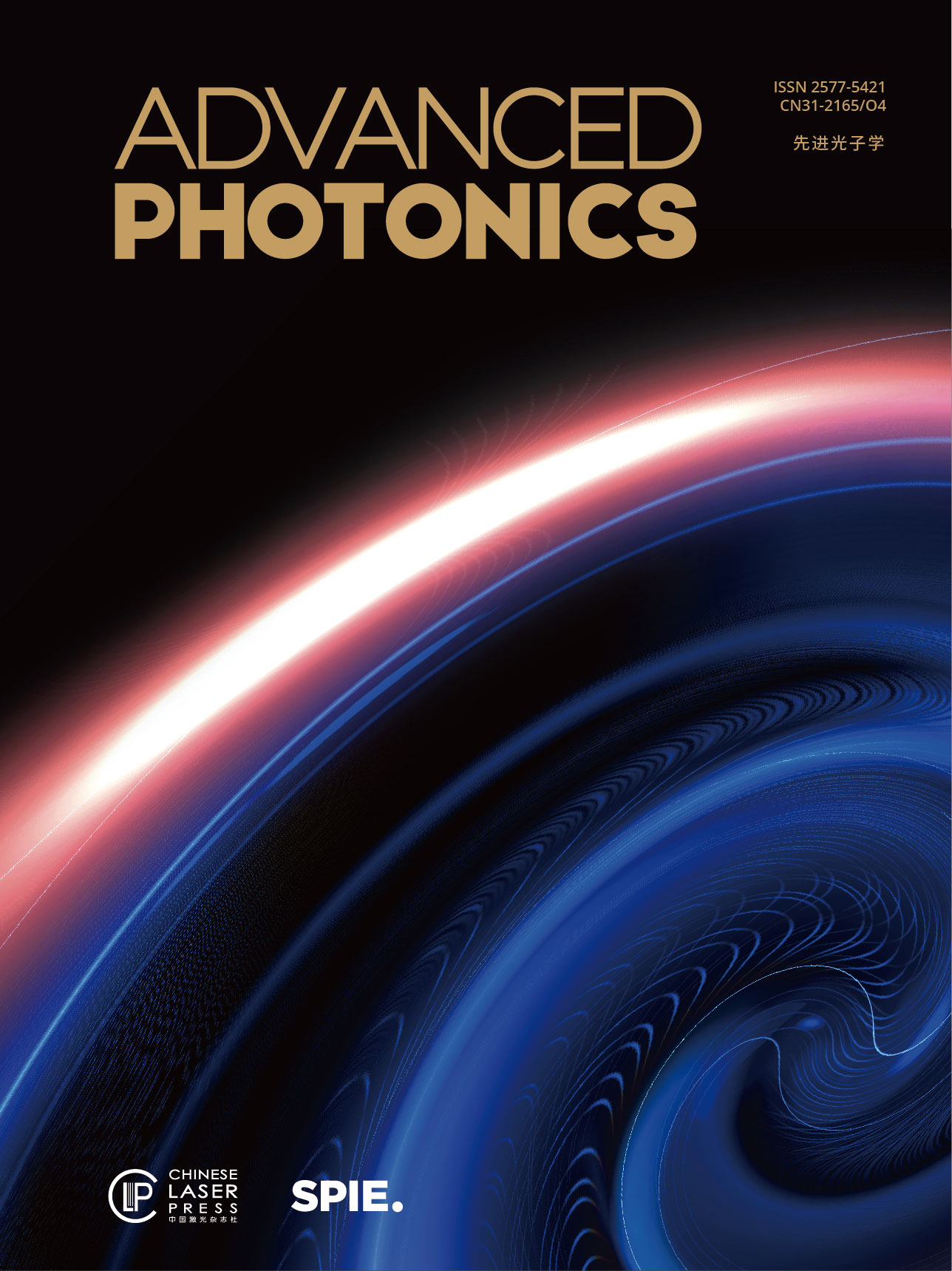Terahertz (THz) spectroscopy (frequency range 0.1–10 THz, wavelength range 30–3000 μm) can provide unique and crucial information in a spectral region less covered by the more mature optical and microwave technologies. However, despite of its developments since 1980's, a form of THz spectroscopy that can overcome the performance bottleneck with an affordable platform still remains elusive to unlock more real-world applications.
For example, one interesting application of gas analysis is in monitoring of gas molecules mixed with unwanted aerosols, such as smoke, soot, dust, mist, fog, haze, and fume. For example, dynamic analysis of combustion gas is required to realize the efficiency of combustion process from viewpoints of global environment and saving energy. On the other hand, real-time sensing of hazardous, toxic, or flammable gas in the smoke is important to avoid the secondary disaster in the fire accident. Against this backdrop, there is a strong demand for methods that allow dynamic analysis of molecular gases without the influence of unwanted aerosols. Although gas chromatography has high sensitivity, the measurement is not real time and it has many limitations due to the capture technology of unwanted aerosols used in sample preprocessing. On the other hand, infrared absorption spectroscopy is rapid, but the influence of light scattering by aerosols reduces the analysis performance. Therefore, a technology that allows the target gas in aerosols to be analyzed quickly and with high precision without the need for sample preprocessing is highly desirable.
Terahertz region is a characteristic frequency band in which many absorption lines due to rotational transitions of polar gas molecules appear. Instead of the intermolecular vibration spectrum observed in the infrared region, if the molecular rotational transition spectrum observed in the THz region could be used, high selectivity and high sensitivity would be expected. In addition, from the relationship between the wavelength of THz radiation and the size of minute particles, there is less susceptibility to optical scattering by aerosols. Therefore, under conditions in which aerosols are mixed with the gas to be analyzed, THz spectroscopy is considered to be a useful technique for simultaneously analyzing the target gas molecule species in a straightforward and rapid manner.
In order to discriminate the target gas, a spectroscopic technique employed must have high spectral resolution, high spectral accuracy, and a broad spectral coverage in the THz region. While conventional THz spectroscopic techniques could not meet all requirements, THz dual-comb spectroscopy (THz-DCS) can achieve all of high accuracy, high resolution, broad spectral coverage, and rapid data acquisition. However, the practical use of THz-DCS is still hampered by the need for a pair of repetition-rate-stabilized optical frequency comb sources with expensiveness and complexity. Recently, a dual-comb fiber laser has appeared as a new mode to reduce the expensiveness and complexity due to a single laser without the need for stabilization control. However, when the dual-comb fiber laser is used for THz-DCS, the residual timing jitter of the laser hampers high spectroscopic performance in THz-DCS.
Prof. Yasui's group at Tokushima University, Japan collaborating with Prof. Zheng's group at Beihang University combined the dual-comb fiber laser with the adaptive sampling method in THz-DCS because the adaptive sampling method strongly prevents the degradation of spectroscopic performance caused by the residual timing jitter. The related research results are published in Advanced Photonics, Vol. 2, Issue 3, 2020 (Jie Chen, Kazuki Nitta, Xin Zhao, et al. Adaptive-sampling near-Doppler-limited terahertz dual-comb spectroscopy with a free-running single-cavity fiber laser[J]. Advanced Photonics, 2020, 2(3): 036004).
The achieved performance is highlighted by low-pressure spectroscopy of acetonitrile gas with Doppler-limit-approaching absorption features with linewidth down to 25 MHz. It is the first time to observe such narrow absorption linewidth with a dual-comb fiber laser. This is the ultimate form of THz-DCS for high spectroscopic performance and largely-reduced system complexity, lowering the barriers for practical use and accelerating real-world application such as gas analysis.

Mode-resolved absorption spectra of CH3CN and air with a total pressure of 360 Pa within the frequency range of (a) 0.2 to 0.72 THz and (b) around 0.3310 THz. (c) (1-6) Mode-resolved absorption characterization of CH3CN around 0.331 THz at 430 Pa, 330 Pa, 280 Pa, 256 Pa, 149 Pa, and 115 Pa.


